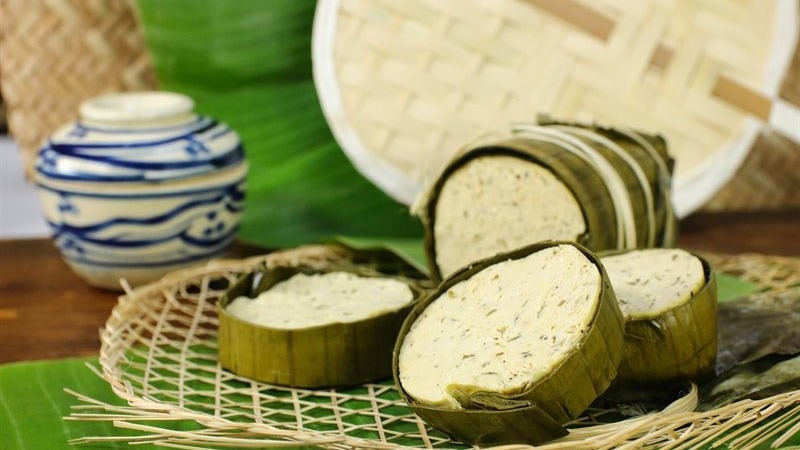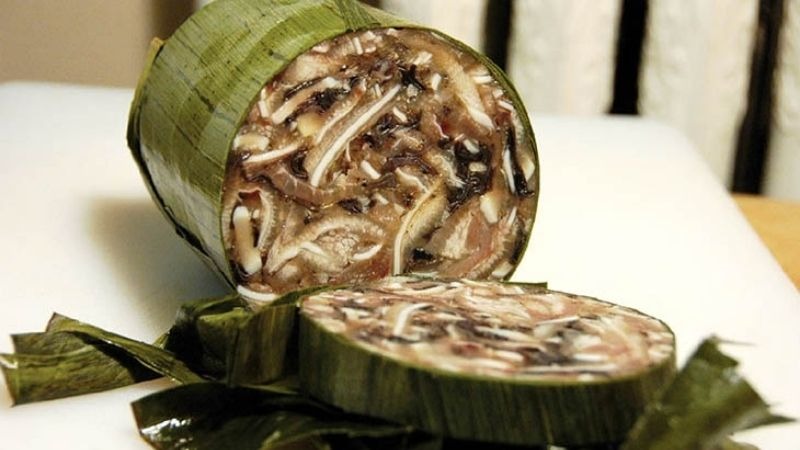After Tet holiday, many families often have an excess of sausages and meat patties. In order to properly preserve them and prevent spoilage, here are some necessary instructions:
How to preserve sausages in the refrigerator
Sausages, beef sausages, and meat patties should be placed in the cool compartment of the refrigerator or an area with a temperature below 25 degrees Celsius. In the refrigerator’s cool compartment, sausages can be preserved for 4 to 6 days. If kept in the freezer compartment, sausages can be preserved for about 10 to 20 days. Thaw before eating:
If you have preserved sausages in the freezer compartment, you need to thaw them before using. Thawing can be done at room temperature for about 4 hours, or placed in the refrigerator cool compartment about 8 hours before eating.

Note:
Avoid leaving sausages at room temperature for too long, especially in hot weather. Regularly check and if you see signs of mold, mildew, or strange odor, discard the product. Always ensure hygiene when handling food to avoid bacterial contamination.
How to preserve pork ears and pork hocks
Pork hocks and pork ears often have a characteristic adhesive structure, so the best way to preserve them is to keep them in the cool compartment of the refrigerator.
Note: When using the refrigerator to preserve pork, you should carefully wrap them with banana leaves. This method helps keep the pork fresh, and when taken out for use, they still retain their delicious aroma.
Every time you take out the pork to slice, you need to wrap it tightly with food wrap. This is important to prevent bacteria from inside the refrigerator from entering, helping the pork to stay fresh for longer.

How to use pork after partially consumed
For sausages, beef sausages, fried meat patties… after you have preserved them in the refrigerator, when you want to take them out to eat the next day, you should leave the product outside the refrigerator for about 1 hour before using. This helps the sausages become warmer, thus making the food more delicious.
For pork hocks, since it is not a dish that can be eaten hot immediately but needs to be refrigerated from grilling to eating, after cutting it for eating, you should immediately place this product into the cool compartment of the refrigerator. This action helps keep the pork hock firm and crispy.
Pork sausages are often a traditional dish during Vietnamese Tet holiday, and to preserve them during these occasions, remember to apply the above methods to keep the sausages always fresh and crispy.
Tips for Prolonging the Life of Refrigerator Labels
 Refrigerator Labels’>
Refrigerator Labels’>Are you looking for a way to keep your longan delicious and fresh for a long time? This article provides helpful advice for choosing high-quality longan and correctly storing it in the refrigerator for year-round enjoyment.
Is Refrigerated Leftovers Linked to an Increased Risk of Cancer?
Dr. Lam Van Man, Head of Research, Development and Technology Transfer Department of the Institute of Safety Food, has warned of the risk of food poisoning when reheating leftovers from the refrigerator. But what should we be aware of when it comes to the possibility of these leftovers causing cancer? Here, we explore what the experts have to say on the matter and offer some tips for safe eating.





































